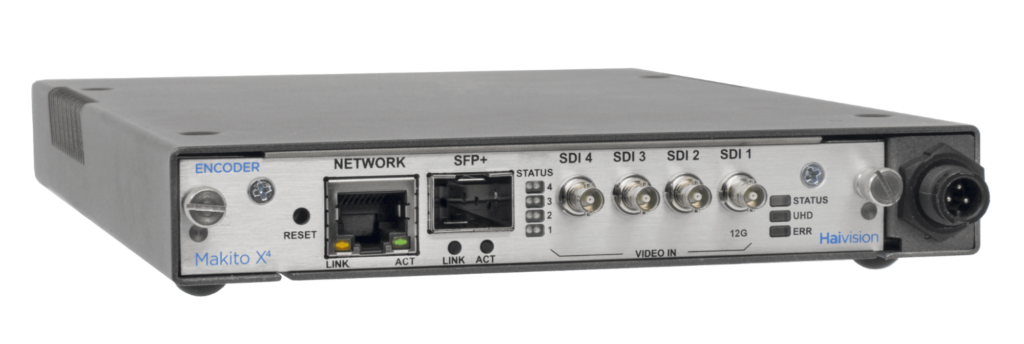
To understand what an edge device is, first let’s define the term edge computing. Whereas cloud computing involves processing data in a data center or on a cloud computing platform, edge computing is about processing data closer to where it is being gathered. Edge computing often goes hand in hand with cloud computing as it can make sense to process some data locally before passing it on to a cloud service, via an IP network connection.
An edge device is a generic term for any device that processes data outside of a cloud computing platform, video and audio content in the case of streaming, before sending it over an IP network to a cloud service or to another edge device located in a different area. An edge device can provide an entry point into a network or route data and streams between two networks. Examples include, IP routers, media gateways, as well as video encoders and decoder.
The function of an edge device varies depending on the device type. In the context of video streaming, edge devices encode uncompressed video so that it can be streamed over an IP network to the cloud or another device and decode video from a network prior to on-premise broadcast production for monitoring video streams from a cloud-based workflow using a mobile phone for example.
Using a dedicated edge device for streaming video to and from a cloud service, results in lower overall video latency, optimized bandwidth usage, and reduced security risks. The ability to monitor and manage multiple edge devices in real-time using an element management system (EMS) or a cloud-based service results in what is referred to as the intelligent edge. The benefit of applying an intelligent edge approach is faster video processing and greater overall video streaming efficiencies as a result of processing video data locally to reduce the amount of data that needs to be processed in a centralized or cloud-based location.